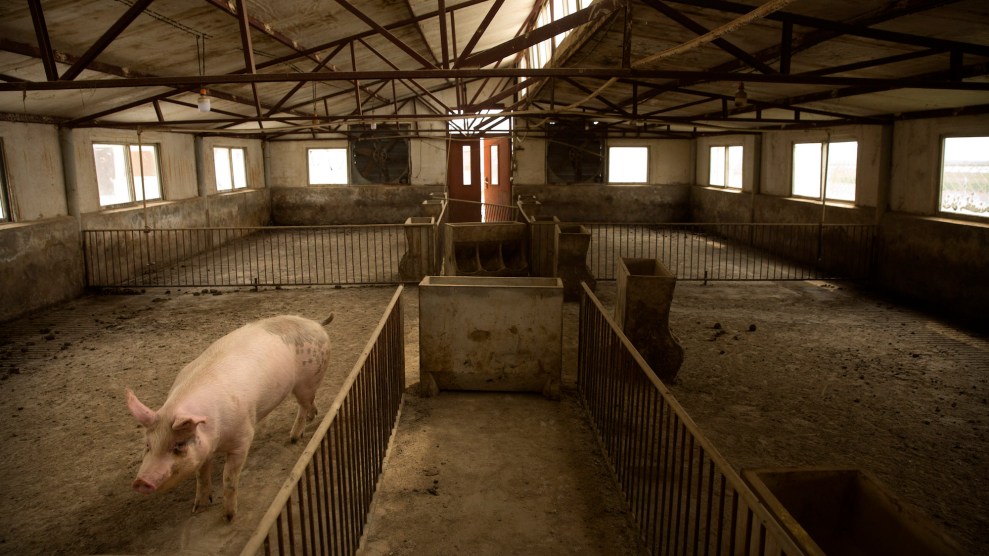The world is increasingly at risk of “climate apartheid”, where the rich pay to escape heat and hunger caused by the escalating climate crisis while the rest of the world suffers, a report from a UN human rights expert has said.
Philip Alston, UN special rapporteur on extreme poverty and human rights, said the impacts of global heating are likely to undermine not only basic rights to life, water, food, and housing for hundreds of millions of people, but also democracy and the rule of law.

International climate treaties have been ineffective, the report said. Photograph: Arun Sankar/AFP/Getty Images
Alston is critical of the “patently inadequate” steps taken by the UN itself, countries, NGOs and businesses, saying they are “entirely disproportionate to the urgency and magnitude of the threat”. His report to the UN human rights council (HRC) concludes: “Human rights might not survive the coming upheaval.”
Continue reading at: ‘Climate apartheid’: UN expert says human rights may not survive
Philip Alston, UN special rapporteur on extreme poverty and human rights, said the impacts of global heating are likely to undermine not only basic rights to life, water, food, and housing for hundreds of millions of people, but also democracy and the rule of law.

International climate treaties have been ineffective, the report said. Photograph: Arun Sankar/AFP/Getty Images
Alston is critical of the “patently inadequate” steps taken by the UN itself, countries, NGOs and businesses, saying they are “entirely disproportionate to the urgency and magnitude of the threat”. His report to the UN human rights council (HRC) concludes: “Human rights might not survive the coming upheaval.”
Continue reading at: ‘Climate apartheid’: UN expert says human rights may not survive








